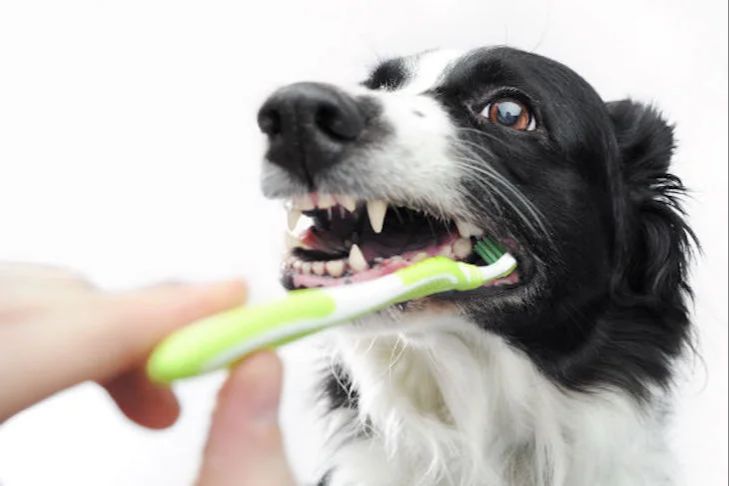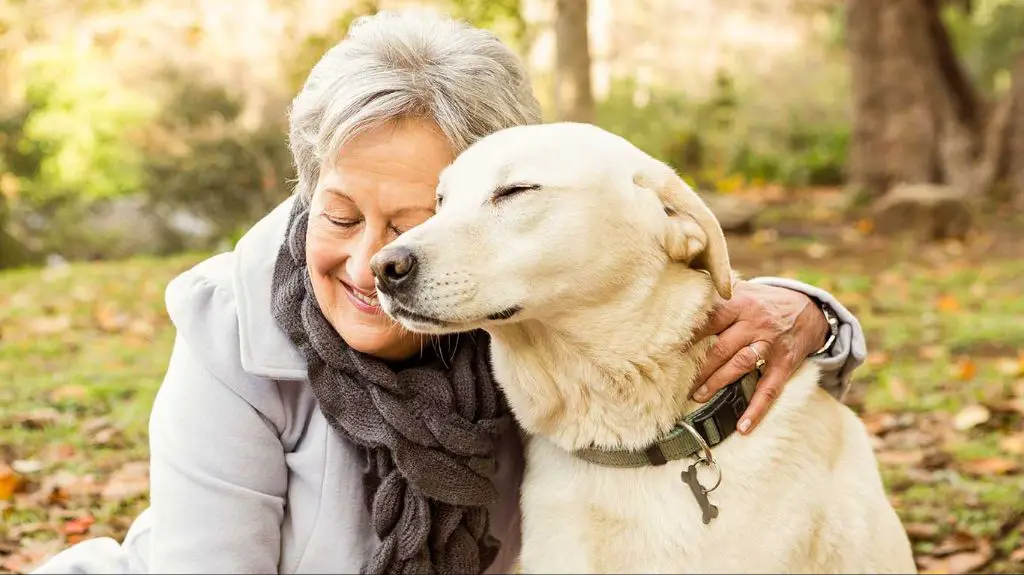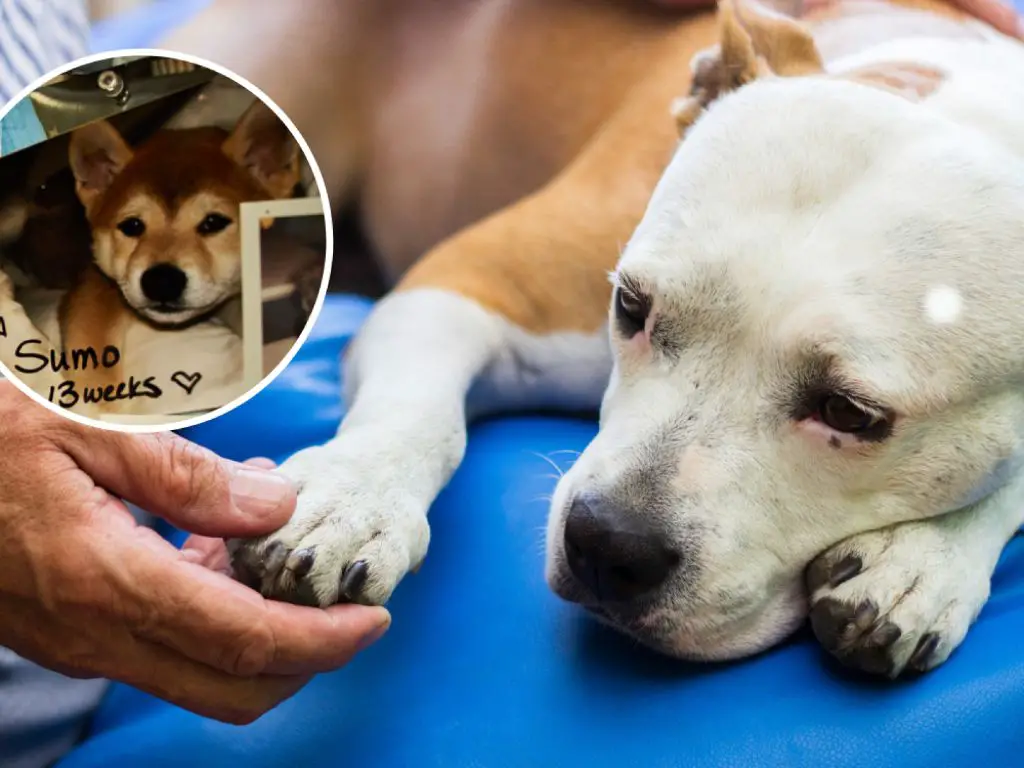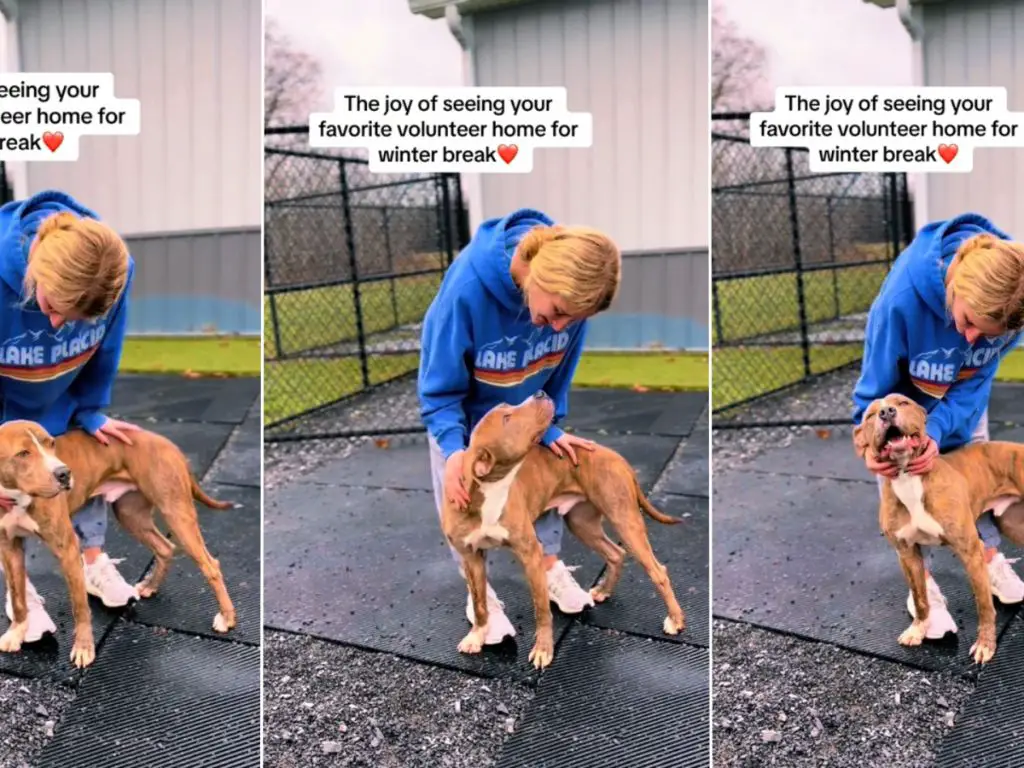Responsible Dog Ownership
Caring for a dog is a big commitment and responsibility. Responsible dog ownership involves providing for your dog’s basic needs of proper feeding, grooming, training, healthcare and more.
Feeding your dog a nutritious diet is crucial for their health and wellbeing. Consult with your veterinarian for recommendations based on your dog’s age, breed, and activity level. Feed them high-quality commercial dog food and avoid “people food” which can upset their stomach.
Grooming helps keep your dog clean, free of mats, and reduces shedding. Brush their coat regularly, trim their nails, and brush their teeth. Bathe them when dirty using dog shampoo. Taking your dog to a professional groomer periodically can also be beneficial.
Training and socialization are important to develop good manners and prevent problem behaviors. Use positive reinforcement techniques and be patient during training sessions. Socialize your dog properly by exposing them to new sights, sounds, people, and other animals in a gradual, controlled way.
Providing regular veterinary care helps keep your dog healthy and allows for early detection of any health issues. Annual exams, vaccines, heartworm/flea/tick prevention, and prompt treatment when sick are all part of being a responsible dog owner.

Quality Veterinary Care
Dogs require regular veterinary care to keep them healthy and happy. The most important aspects of veterinary care include annual exams, vaccinations, and preventative care.
Annual exams allow vets to catch potential health issues early before they become serious problems. During the exam, the vet will check your dog’s vital signs, give a physical exam, review their vaccination status, and discuss any concerns you may have. Annual exams give you a chance to establish a relationship with your vet and keep them informed about your dog’s health.
Vaccinating your dog is crucial to protecting them from dangerous infectious diseases like parvovirus, rabies, and distemper. Puppies need a series of vaccinations starting at 6-8 weeks old. Adult dogs require booster vaccinations every 1-3 years depending on the vaccine. Your vet can advise you on the recommended vaccine schedule for your dog based on factors like age and health status.
Preventative care helps avoid health problems through proactive measures. Examples include dental cleanings to prevent periodontal disease, flea/tick/heartworm medication to prevent parasitic infections, proper nutrition to prevent obesity, and behavioral training to prevent anxiety issues. An ounce of prevention is truly worth a pound of cure when it comes to your dog’s wellbeing.
Humane Euthanasia
Making the difficult decision to euthanize a beloved pet is never easy. When the time comes to say goodbye, pet owners want to ensure their dogs pass away humanely and with minimal suffering. There are two options for humane euthanasia – at home or at the veterinary clinic.

At home euthanasia allows your dog to be in a familiar, comfortable environment surrounded by family. However, the euthanasia medication can only be administered by a licensed veterinarian. At home euthanasia requires making arrangements with a vet willing to perform house calls.
Euthanizing your dog at the vet clinic gives access to more options for humane euthanasia. Methods like anesthesia followed by an injected overdose of barbiturates may provide a gentler passing. Your vet can also handle body cremation if desired. However, the clinic setting may be more frightening and stressful for your pet.
Regardless of location, it is important for pet owners to be physically present during the euthanasia process. Your dog will feel calmer with familiar faces nearby. Being present also allows you to comfort your pet and say goodbye. While euthanasia is heart wrenching, you owe it to your loyal companion to be there until the very end.
Saying Goodbye
Saying goodbye to a beloved dog is one of the hardest things we have to do as pet owners. It’s important to allow yourself to fully grieve this loss and commemorate your dog’s life.
The grieving process looks different for everyone. Give yourself permission to feel however you feel – sad, angry, guilty, relieved, numb, etc. There is no “right” way to grieve. Be patient with yourself and take things one day at a time.

To honor your dog’s memory, you may want to create a memorial. Ideas include holding a funeral ceremony, planting a tree, creating a photo album or memory book, or making a donation in your dog’s name to an animal shelter or rescue organization. Do what feels meaningful and comforting to you.
While the pain of loss may feel unbearable now, in time the sadness will ease. Focus on all the joy, companionship, and love your dog brought into your life. Though your pet is gone, your cherished memories together will live on forever.
Coping With Loss
Losing a beloved dog is incredibly painful. Take time to grieve and process the loss. Remember the joy your dog brought you over the years. Look through old photos and videos that capture your dog’s sweet personality. Though their life was short, you gave them a wonderful life full of love.
Be gentle with yourself during this difficult time. Get plenty of rest and lean on your support system. Do things that bring you comfort, like spending time in nature, journaling, or listening to music. If your grief feels unmanageable, don’t hesitate to speak to a counselor.
When you’re ready, consider volunteering at an animal shelter or rescue. Helping other pets in need can bring healing. You can’t replace your dog, but you can give another animal a good home. Your dog’s spirit lives on through the happy memories you carry.
